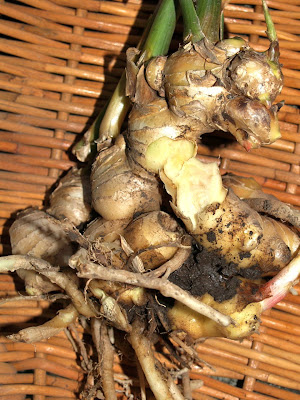Every year around this time I do battle with this weed which grows rapidly, smothering and climbing over all plants in its path. It just loves fertile soil in vegetable gardens but is equally happy in poor dry soil. It belongs to the Poppy Family and the weak stemmed foliage reminds me of the common Iceland Poppy which I am also growing at the moment. The plant gets its name from the Latin fumus terrae , meaning smoke of the earth referring to the appearance of fine light grey leaves rising from the ground. It was once superstitiously thought to posses the power to expel and protect against evil spirits when burnt for its acrid smoke. It also has a history of use in herbal medicine with the usual assorted cures for plague and pestilence as well as those still common afflictions of melancholia and morbidness. John Hill wrote in 1750 that 'Some smoke the dried leaves in the manner of tobacco for disorders of the head with success.' Perhaps this was written at a time when other more narcotic members of the poppy family were making their mark in medicine.
Fumitory produces a mass of tubular pink/purple flowers throughout the winter months before finally collapsing as the weather warms up in spring having left behind a mass of seed for the following year. Emerging seedlings can be mistaken for young carrot plants and because of its delicate appearance it may be even taken for a benign green manure plant as one fellow gardener told me recently. Flowers have been used to make a yellow dye for wool which may be the one saving grace of a plant I don't really want to see again.
Fumitory produces a mass of tubular pink/purple flowers throughout the winter months before finally collapsing as the weather warms up in spring having left behind a mass of seed for the following year. Emerging seedlings can be mistaken for young carrot plants and because of its delicate appearance it may be even taken for a benign green manure plant as one fellow gardener told me recently. Flowers have been used to make a yellow dye for wool which may be the one saving grace of a plant I don't really want to see again.

